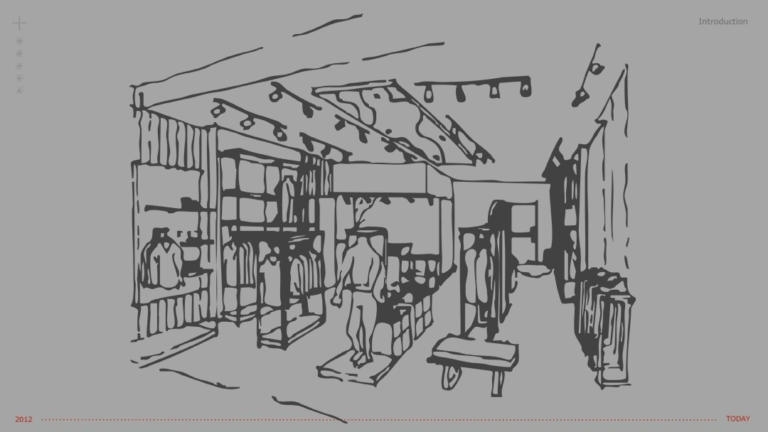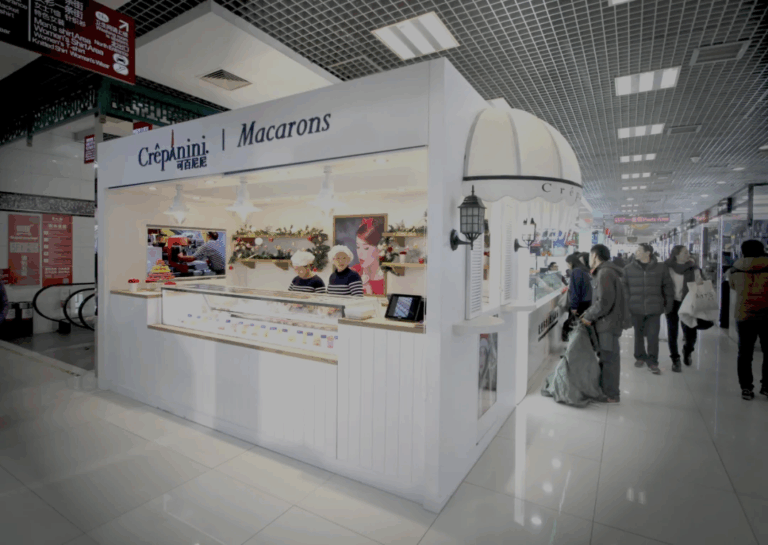In today’s fast-paced world, retail experiences are no longer confined to physical stores. The rise of virtual retail experience design has revolutionized how consumers interact with brands, products, and services.
What Is Virtual Retail Experience Design?
Virtual retail experience design combines cutting-edge technology, creative design, and consumer engagement to create immersive shopping experiences. Whether through virtual reality (VR), augmented reality (AR), or mixed reality (MR), these digital solutions enhance customer interactions and drive brand loyalty.

Key Applications of Virtual Retail Experience Design
1. Virtual Showrooms and Product Visualization
- 360-Degree Views: Virtual showrooms allow customers to virtually inspect items.
- Customization: VR enables personalized experiences. Customers can customize colors, materials, and features, making the shopping process more engaging and tailored to their preferences.
2. Guided Navigation and Wayfinding
- In-Store Navigation: AR wayfinding apps guide shoppers within physical stores. They provide real-time directions, highlight promotions, and help customers find specific products.
- Virtual Store Tours: Before visiting a physical store, customers can take virtual tours to familiarize themselves with the layout. This reduces stress and enhances the overall shopping experience.

3. Try Before You Buy
- Virtual Fitting Rooms: Trying on clothes virtually eliminates the need for physical fitting rooms. Customers can see how different outfits look on their avatars.
4. Reducing Returns and Enhancing Customer Satisfaction
- Accurate Sizing: Virtual sizing tools help customers choose the right size, reducing the likelihood of returns due to fit issues.
5. Benefits of Virtual Retail Experiences
- Increased Sales: Engaged customers are more likely to make purchases. Virtual experiences boost conversion rates.
- Cost Savings: Virtual showrooms reduce the need for physical inventory, saving space and operational costs.
- Brand Differentiation: Brands that embrace virtual retail stand out in a crowded market.
As technology continues to evolve, virtual retail experience design will play an even more significant role. Brands that invest in creating seamless, delightful virtual experiences will thrive in the digital age.



